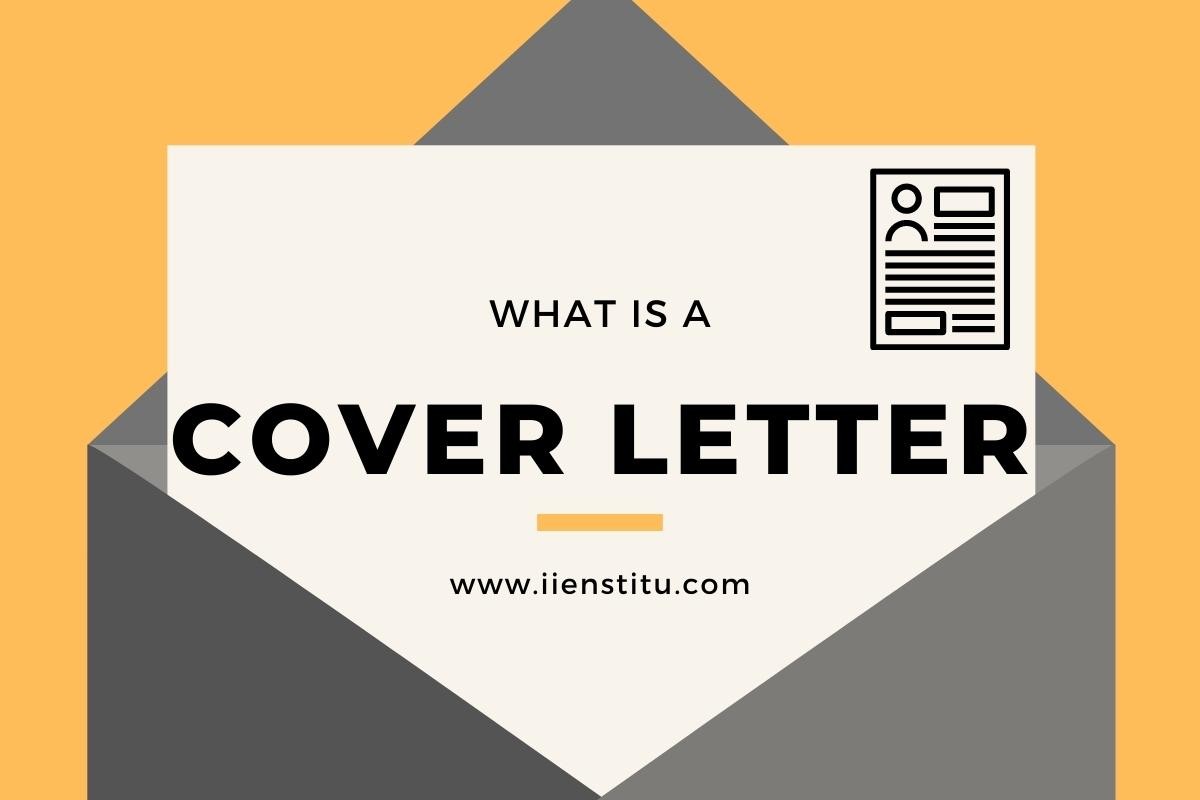
Motivation letters, or motivation statements, are often required in job applications, university admissions, scholarship applications, and internship opportunities. These letters allow candidates to express their interest in a position or program and showcase their skills, experiences, and goals aligning with the opportunity.
An engaging motivation letter can make a significant difference in making a solid impression on the reader and securing the opportunity. Each type of motivation letter requires a different approach based on its purpose.
This guide provides examples of motivation letters for different scenarios, including job applications, university admissions, scholarships, and internships, offering valuable insights into crafting an impactful motivation letter.
What is the Motivation Letter?
A motivation letter, sometimes called a letter of motivation or motivational letter, is a type of cover letter typically sent with a job or admission application for schools or universities. Its primary purpose is to express candidates' motivations, interests, skills, and suitability for the position or academic program they are applying to. This document provides the candidate an opportunity to explain why they would be a good fit and how their experiences align with the requirements of the position or program.
While both terms are used, "motivation letter" is more commonly employed. Regardless of the name, the content and purpose are the same: to convince the reader (such as an employer or admissions officer) that the candidate is the right person for the job or academic program.
A good motivation letter should be tailored specifically to the opportunity and demonstrate a deep understanding of what is required. It should highlight relevant experiences and achievements, explain why the candidate is interested in this opportunity, and show enthusiasm and motivation. It should also be well-structured, clear, concise, and free from grammar or spelling errors.
How to Write the Motivation Letter
Here are some steps you can follow to write a compelling motivation letter:
Research: Before you start writing, it's essential to research the organization and the position or program you're applying to. This will allow you to tailor your motivation letter accordingly.
Outline: Before writing, create a rough outline of what you want to say. This will help ensure your letter is structured and coherent.
Start with a Strong Opening: Your first paragraph should grab the reader's attention. Introducing yourself and stating the position or program you're applying for is essential. You might also briefly mention how you heard about the opportunity.
Explain Your Interest: In the next paragraph, explain why you're interested in the position or program. It would be best to clarify what you find appealing about the opportunity and why it aligns with your career or academic goals.
Highlight Your Qualifications: Next, discuss your relevant skills, experiences, and achievements. Make sure to provide specific examples that demonstrate these qualifications. Show your background makes you a strong candidate for the position or program.
Show You're a Good Fit: Demonstrate that you understand the culture or values of the organization and explain why you would be a good fit. This might involve discussing any relevant experiences you've had that align with the organization's mission or values.
Close Strong: In your final paragraph, reiterate your interest in the position or program and your suitability. You might also express a desire for further discussion in an interview. Be sure to thank the reader for considering your application.
Proofread: Finally, it's essential to proofread your motivation letter carefully. This will help ensure it is well-written and free of errors. Ask someone else to review it as well.
Remember, your motivation letter should be professional, but it should also reflect your personality. Use it to show who you are and what you can bring to the position or program. Be genuine, concise, and clear, and make sure your letter leaves the reader with a positive impression of you.
What are the Tricks of Writing an Attention-Grabbing Motivation Letter?
Here are some tips to help you write an attention-grabbing motivation letter:
Start with a strong opening: The first line of your letter should be engaging and unique. Instead of starting with a generic statement like "I'm applying for the position of...", try something more interesting that sets you apart, such as an interesting anecdote or an impressive achievement.
Use storytelling: Humans are naturally drawn to stories. Instead of simply listing your accomplishments, weave them into a narrative that shows your journey, growth, and motivation. This will help the reader understand you better and make your letter more memorable.
Show passion and enthusiasm: Show your genuine interest in the role or the program. Enthusiasm can be contagious, and a hiring manager or admission officer will appreciate a candidate who is genuinely excited about the opportunity.
Make it personal: Avoid generic phrases and cliches. Show that you've done your homework by mentioning specific aspects of the organization or program that appeal to you. This could be their culture, their mission, a project they've worked on, etc.
Highlight your unique value proposition: Consider what sets you apart from other candidates and emphasize this in your letter. This could be a unique skill, an unusual experience, or a different perspective you bring to the table.
Use active and powerful language: Words like "achieved," "delivered," and "improved" can make your accomplishments stand out more.
Keep it concise and focused: A motivation letter shouldn't be too long – aim for a page, maximum. Make sure every sentence serves a purpose and moves your argument forward.
End on a high note: Your closing paragraph is your last chance to leave a strong impression. Reiterate your enthusiasm for the role or program, express your hope for further discussion, and thank the reader for their time.
Proofread, revise, and refine: This can't be stressed enough. A well-written, error-free letter shows that you've taken the time to prepare and care about making a good impression.
Remember, the key is to be authentic and show the reader why you're qualified and who you are.
Types of Motivation Letters and an Example
Motivation letters can be broadly categorized based on their purpose. Some common types include:
Job Application Motivation Letter: This is used when applying for a job. It allows you to highlight the skills and experiences that make you the best candidate for the position.
University Admission Motivation Letter: This letter is often required when applying for a university, college, or master's program. It lets you explain your academic interests, reasons for choosing the specific program, and how it fits into your career plans.
Scholarship Motivation Letter: This is written when applying for a scholarship. It usually includes details about your academic achievements, future goals, and why you need the scholarship.
Internship Motivation Letter: This letter is used when applying for an internship. It allows you to explain what you hope to gain from the internship and how your academic background or other experiences prepare you for it.
Here's an example for a master motivation letter:
[Your Name]
[Your Address]
[City, Postal Code]
[Email Address]
[Date]
[Admissions Office]
[University Name]
[University Address]
[City, Postal Code]
Dear Admissions Committee,
I am writing to apply for the Master's Degree program in Environmental Science at [University Name], starting in the fall of 2023. I am very excited about the prospect of studying at your esteemed university and am confident that I can contribute to the rich fabric of the student community.
Having completed my Bachelor's degree in Biological Sciences from [Your Previous University], I have developed a strong foundation in scientific research and analysis. I have also been part of a research project on sustainable agriculture, which was both challenging and enlightening. Through this project, I found my interest in environmental science, which I am eager to pursue further.
What attracts me particularly to [University Name] is its strong emphasis on practical research, community engagement, and interdisciplinary approach to environmental studies. These align perfectly with my career goals, which involve working on innovative solutions to pressing environmental problems and fostering sustainable development.
I am especially interested in the work being done by Professor X in the area of climate change adaptation. I am enthusiastic about the possibility of contributing to this research and believe that my background and passion make me a strong candidate for this program.
I appreciate the time you've taken to consider my application. I am confident that I can meet the challenges of this program, and I look forward to the possibility of contributing to your academic community.
Thank you for considering my application. I look forward to the possibility of discussing my application further.
Yours sincerely,
[Your Name]
Remember to tailor each motivation letter to the specific opportunity you're applying for. Show your understanding of the requirements and genuine enthusiasm for the role or program.


